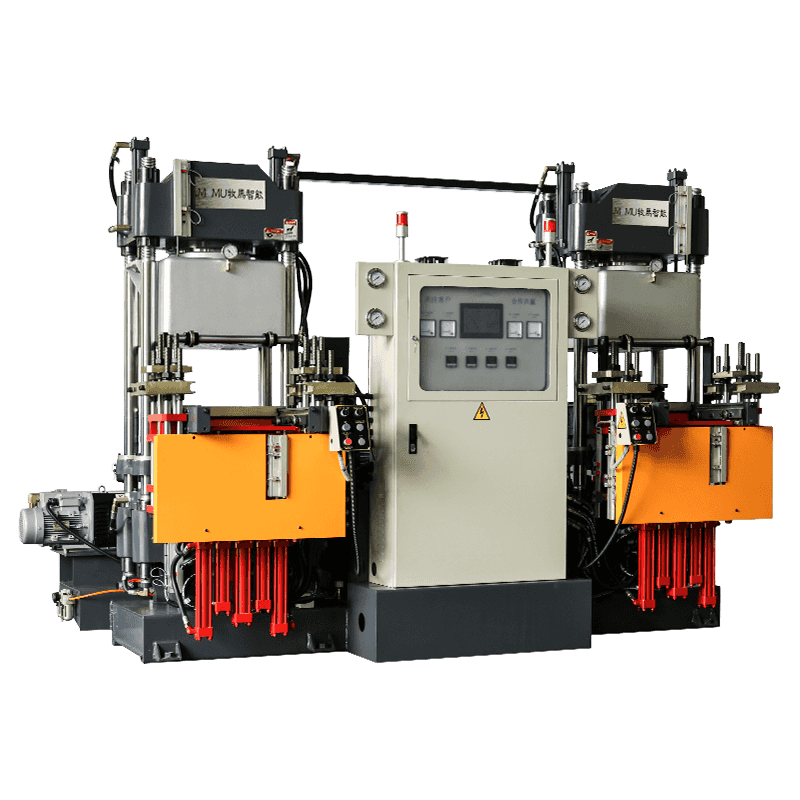The global rubber industry has seen tremendous growth and innovation over the years. Rubber products, which are an essential part of many industries, are used in everything from tires and seals to medical devices and household goods. To meet the increasing demand and ensure high-quality production, advanced machinery plays a critical role. Rubber products making machines, designed specifically for the production of rubber goods, are essential in manufacturing a wide range of products with precision, efficiency, and consistency.
A rubber products making machine is a type of industrial equipment designed to manufacture various rubber goods through molding, extrusion, mixing, and other processes. These machines are engineered to handle the unique properties of rubber, including its flexibility, elasticity, and resistance to wear and tear. Depending on the specific product being manufactured, rubber products making machines vary in design, complexity, and size, but they all share the goal of producing high-quality rubber items.
The machines work by transforming raw rubber materials (such as natural rubber, synthetic rubber, or rubber compounds) into finished products. This involves various stages, including mixing the raw materials to achieve the desired consistency, molding them into specific shapes, and curing or vulcanizing the rubber to enhance its strength and durability.
![]()
Rubber products making machines perform several key functions in the manufacturing process. These functions are crucial in ensuring the production of rubber goods that meet the desired specifications, both in terms of quality and quantity:
The first stage in rubber product manufacturing is the mixing of raw materials. Rubber products making machines often feature advanced mixing systems that combine rubber with other ingredients like carbon black, oils, chemicals, and additives. This process ensures that the rubber compound has the required characteristics for the final product, such as flexibility, strength, and durability.
Once the rubber compound is prepared, the next step involves shaping the rubber into the desired form. Extrusion is commonly used to create continuous shapes, such as hoses, seals, and gaskets. The rubber is pushed through a mold using pressure, creating a uniform product with the required dimensions. Rubber extrusion machines can be customized to produce a variety of profiles and sizes.
Molding is another common method used in rubber manufacturing. In this process, the rubber is placed into a mold, where it is heated and cured. The mold ensures that the rubber takes the exact shape needed for the finished product, whether it’s a tire, gasket, or rubber part. There are various types of molding techniques, including compression molding, injection molding, and transfer molding.
Vulcanization is a critical stage in the rubber manufacturing process. It involves heating the rubber to a specific temperature to cross-link the molecules, giving the rubber its final properties, such as elasticity, toughness, and resistance to wear and aging. Rubber products making machines are equipped with advanced vulcanization systems to ensure that the rubber is properly cured, resulting in high-quality, durable products.
After the rubber product is molded and cured, the next step is to cut it into the desired sizes and shapes. This is often done using specialized cutting machines that ensure precision and accuracy. Additionally, finishing processes such as trimming, polishing, and inspection are carried out to ensure the product meets industry standards.
There are various types of rubber products making machines, each suited to different stages of the rubber manufacturing process. Some of the most common types include:
These machines are used for creating high-precision rubber products through the injection molding process. Rubber injection molding is ideal for producing intricate shapes with complex features, such as seals, gaskets, and small rubber components. These machines offer high efficiency and accuracy, making them a popular choice in the automotive and electronics industries.
Rubber extrusion machines are used to produce continuous shapes, such as rubber tubes, belts, and profiles. They work by forcing the rubber compound through a mold using heat and pressure. These machines are commonly used in the production of automotive parts, construction materials, and industrial components.
Compression molding is a process where rubber is placed into a heated mold, and pressure is applied to shape the rubber into the desired form. Rubber compression molding machines are often used for larger parts, such as rubber seals, gaskets, and electrical insulation products. These machines are versatile and can handle a wide range of rubber materials.
These machines are used to create thin, flexible rubber sheets by passing the rubber compound through a series of heated rollers. Rubber calendar machines are commonly used in the production of rubber flooring, rubber sheets, and rubber belts, as well as in the textile industry.
The use of advanced rubber products making machines brings several advantages to manufacturers, ensuring that the production process is efficient, cost-effective, and consistent. Some of the key benefits include:
Rubber products making machines automate many aspects of the manufacturing process, significantly improving production efficiency. This allows manufacturers to produce large quantities of rubber goods in a shorter amount of time, reducing labor costs and increasing overall output.
These machines are designed to provide high levels of precision and consistency in the production of rubber products. Whether it's molding, extrusion, or vulcanization, rubber products making machines ensure that each product meets the required specifications, reducing the chances of defects and improving product quality.
Rubber products making machines can be customized to produce a wide variety of rubber goods, from small components to large products. This flexibility makes them suitable for use in a wide range of industries, including automotive, healthcare, construction, and consumer goods.
While the initial investment in rubber products making machines can be significant, the long-term savings they offer in terms of labor costs, material wastage, and production time make them a cost-effective solution for rubber manufacturers. Additionally, the machines’ ability to produce consistent, high-quality products reduces the need for costly rework or product returns.





